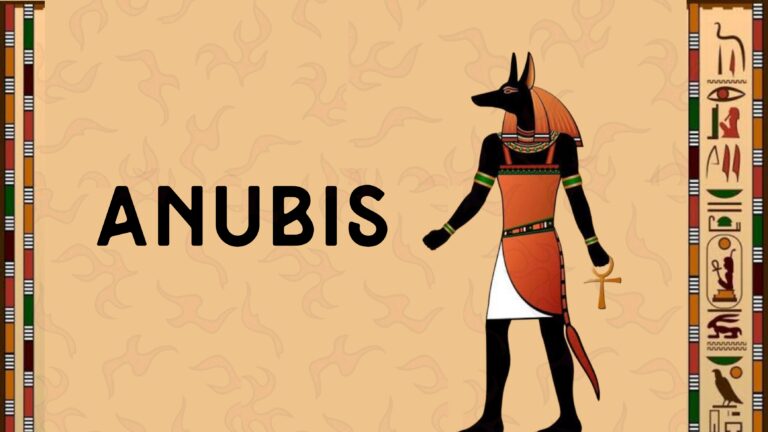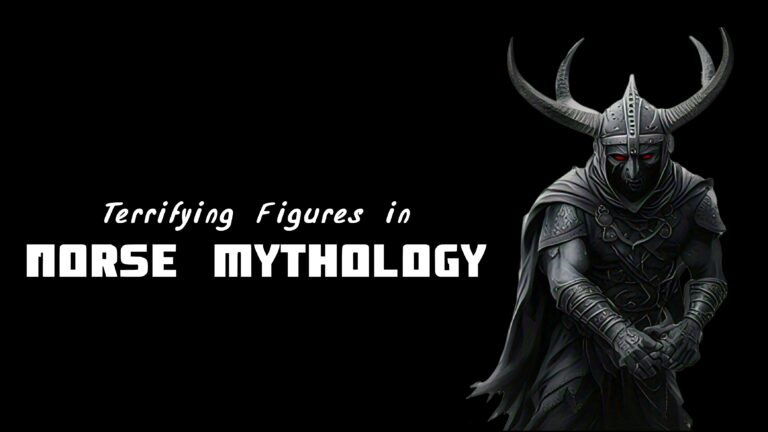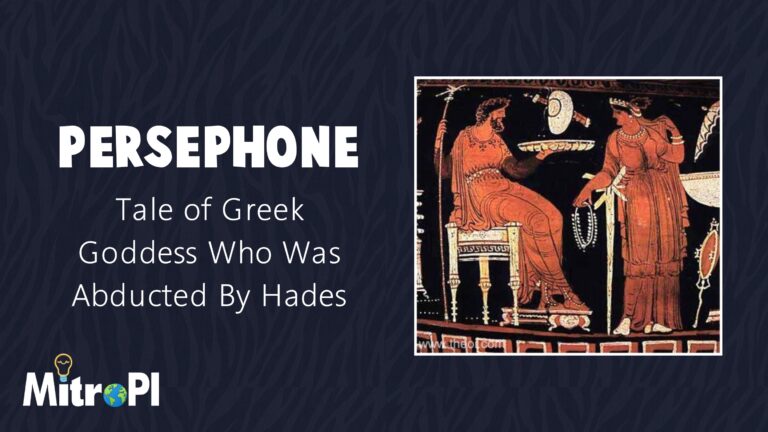Tutankhamun, often affectionately called “King Tut,” became pharaoh at a tender age. His reign, although short-lived between 1332 and 1323 BCE, put him firmly on the radar of Egypt’s rich history. A mere boy when he ascended the throne, his rule saw a restoration of the traditional polytheistic beliefs that had been overthrown by his father, Akhenaten.
The world caught a glimpse of Tutankhamun in November 1922 when British archaeologist Howard Carter astonishingly unearthed his tomb in the Valley of the Kings. The treasures found within—golden sarcophaguses, intricate jewelry, and the famed golden mask—painted a vivid portrait of ancient Egyptian life and afterlife beliefs. This discovery captured the public’s imagination and reignited interest in Egyptology like never before.
The legend of the curse surrounding Tutankhamun’s tomb began to emerge soon after its discovery. Tales sprung up about a curse that would befall anyone who dared disturb the young pharaoh’s eternal rest. It was suggested that the wrath of the ancient gods would strike down tomb robbers and archaeologists alike.
Several deaths among those involved in the tomb’s opening bolstered the curse narrative—especially that of Lord Carnarvon, the financial backer of Carter’s expedition, who died shortly after the tomb was opened. The media, hungry for thrilling stories, fanned the flames of the curse’s popularity, leading to exaggerated claims and sensational headlines that captured the imagination of the public.
This article seeks to explore the evidence surrounding the infamous curse of Tutankhamun, examining what is fact and what is mere fiction. By delving into historical accounts, scientific perspectives, and cultural impacts, we aim to unravel the myths, understand their origins, and appreciate the ongoing fascination with this captivating tale.
The Stories Behind the Curse
The death of Lord Carnarvon is perhaps the most famous incident linked to the curse. He passed away in Cairo after a mosquito bite became infected, leading to pneumonia. His death sparked widespread fear, especially as it supposedly coincided with the opening of the tomb.
However, other crew members associated with the discovery also faced mysterious fates. George Jay Gould, an American railroad magnate who visited the tomb, died shortly after, supposedly of a fever. Many accounts of misfortune have proliferated, with tales ranging from car accidents to health problems plaguing those involved with the discovery. Yet, when dissected closely, these dramatic stories lead to more questions than answers.
While the stories capture attention, statistics tell a different tale. Studies suggest that the mortality rate among those who entered the tomb was not significantly different from that of the general population at the time. In fact, many archaeologists who have worked on similar expeditions lived long lives without any misfortune.
Research further indicates that the quick succession of deaths is more easily attributed to coincidence rather than a supernatural curse. It’s fascinating to see how anything involving the famed pharaoh becomes embroiled in mystique, yet academia pushes for rational explanations and skepticism.
The allure of Tutankhamun’s curse has transcended time, held aloft by the influence of celebrities and pop culture. Writers, filmmakers, and even artists have drawn inspiration from this narrative, embedding it into literature and films like the 1932 classic “The Mummy,” reinforcing the myth for audiences.
Modern adaptations of the curse narrative continue to spark interest and intrigue, underscoring how cultural myths evolve and remain relevant. It’s a testament to our fascination with the unknown and the mysterious stories woven into the fabric of history.
Cultural and Historical Impact
The discovery of Tutankhamun’s tomb ignited a wave of interest in Egyptology in the early 20th century. The stunning artifacts showcased the brilliance of ancient Egyptian craftsmanship and drew millions to the possibility of exploring the pyramids and temples of Egypt. This surge in tourism paved the way for new generations of archaeologists and adventurers, weaving their stories into the vast canvas of Egyptian history.
The curse has also found a home in literature and media, with countless stories and novels exploring themes of ancient curses, tomb raiding, and the moral implications of disturbing graves. Films have capitalized on this intrigue, reinforcing public perception of the curse’s legitimacy. Documentaries have emerged, offering insights and stories that straddle the line between myth and reality, encouraging critical engagement with these narratives.

Tutankhamun’s legacy endures, spurred by ongoing exhibitions showcasing the treasures of his tomb around the world. His story captivates people from all walks of life, enhancing our understanding of ancient cultures and changing perceptions of history. As discussions about history continue to evolve, we find ourselves reflecting on these discoveries’ significance and meaning.
Scientific Perspectives on the Tomb’s Deterioration
While the myth of the curse has captivated imaginations, the truth behind the tomb’s deterioration lies in environmental factors. The heat and humidity of Egypt present significant challenges to the preservation of artifacts. This natural degradation can sometimes be mistaken for the effects of a curse when, in reality, it’s a scientific reality facing any ancient site.
Health risks associated with the tomb also highlight the real dangers faced by archaeologists. The tomb’s atmosphere can foster bacterial and fungal growth, posing risks for anyone who enters. Health experts emphasize caution and recommend protective measures for those exploring ancient sites to mitigate exposure to potential hazards.
Numerous studies have been conducted on artifacts unearthed from Tutankhamun’s tomb. Scientific advancements have allowed for forensic examinations that provide valuable insights into ancient practices, including mummification and burial. These studies enrich our understanding of Egypt’s history, shifting the focus from curses to genuine scientific inquiry.
Conclusion and Reflection
By peeling back the layers of myth surrounding the curse of Tutankhamun, we see a story built on speculation and sensationalism rather than hard facts. It’s crucial to apply critical thinking when interpreting historical narratives, recognizing the importance of context in ancient Egyptian beliefs and practices.
The notion of a curse remains relevant today, influencing popular culture and spurring discussions about mythology’s role in shaping historical perspectives. It’s a reminder of how stories, even when not factual, can resonate with our understanding of the past.
As we appreciate Egypt’s rich cultural heritage, let’s remember the complexities of history and myth. Our journey into ancient civilizations encourages us to explore, learn, and respect the legacy left behind while celebrating the myths that add color to our understanding of the human experience.
FAQs
1. What is the origin of the curse of Tutankhamun?
The curse originated from the media frenzy surrounding the discovery of Tutankhamun’s tomb in 1922, particularly after the sudden death of Lord Carnarvon, which led to rumors about a supernatural force protecting the tomb.
2. Did many people really die after the tomb was opened?
While several deaths have been reported, studies indicate that the mortality rate among those entering the tomb is comparable to that of the general population, suggesting a coincidence rather than a curse.
3. What evidence exists to debunk the curse myth?
Statistical analyses and testimonies from scholars show that the deaths attributed to the curse lack sufficient correlation and highlight the role of chance and health conditions instead.
4. How has the curse affected public interest in Egyptology?
The curse narrative has contributed significantly to public fascination with Egyptology, driving tourism and stimulating interest in ancient Egyptian history and archaeology.
5. Are there any scientific explanations for the supposed curses?
Environmental and health factors, including bacteria and fungal growth within the tomb, are understood as practical risks associated with ancient sites rather than supernatural curses.




